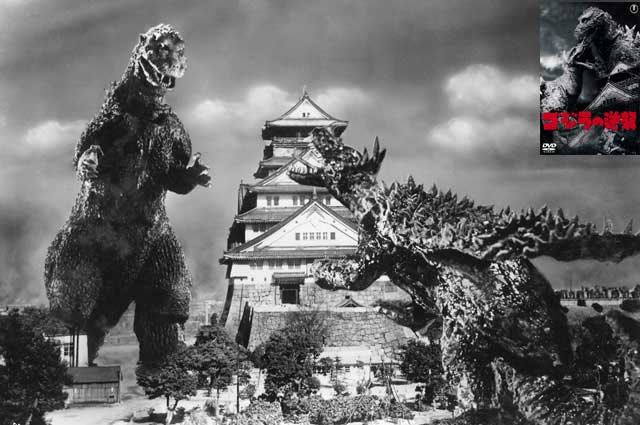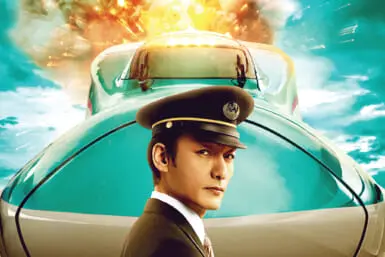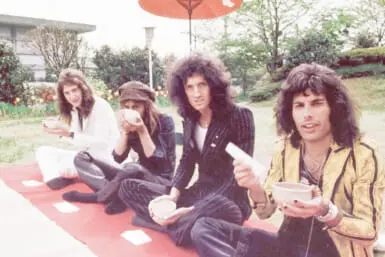Following his return to the big screen and just ahead of a rerelease of the 1954 original, we examine the monster saurian’s role in cinema history.
By Christopher O’Keeffe
Godzilla, The King of Monsters, is as distinctly Japanese as samurai and sushi. For generations, the exploits of the giant lizard have offered a glimpse, however fictionalized, into the world and culture of Japan. He has risen from the radioactive depths to become a pop cultural behemoth, appearing in films, television series, computer games, and toys that have been released over the years, and making cameos in everything from The Simpsons to South Park. Despite the iconic status of the star saurian and his frequent portrayal in later incarnations as a heroic defender of the earth, the creature’s original appearance was as a much darker creature indeed, a fable of the fears and frustrations of a post-war Japan.
In 1954, less than a decade after the atomic bombs dropped on Hiroshima and Nagasaki brought about the end of the Second World War, the first Godzilla was an embodiment of the country’s fears regarding the lasting effects of radiation and the use of atomic weapons. Unleashed by the power of a nuclear explosion, Godzilla rose from the ocean depths, giant in size and dinosaur-like in appearance, causing destruction and terror on an unstoppable march towards the Japanese mainland. Akira Kurosawa regular Takashi Shimura (Ikiru, Seven Samurai) plays palaeontologist Dr. Yamane, who argues against the killing of the monster, while the government and military unsuccessfully attempt to end the devastation left in the monster’s wake. Director Ishiro Honda made the film a very obvious metaphor for the horrors wrought by the nuclear bomb and the scenes of the mutant reptile flattening the city of Tokyo and turning buildings to ash with his atomic breath were created with the effects of nuclear weapons in mind. The film left quite an impression on audiences at the time and the film became a huge commercial success. Despite the dated effects, there’s a charming quality about the very obvious use of miniatures, and the scenes of destruction rendered so starkly in black and white still carry a hefty punch today.
Godzilla is ultimately destroyed, but only through the use of a controversial weapon of unspeakable destruction, one so deadly that its inventor sacrifices himself so the secrets of his weapon can never be discovered and used again—a fitting end for a film that raises serious questions about the destructive capabilities of modern science and man.
Of course Godzilla would have been just “Gojira,” a purely Japanese star, if he wasn’t able to capture the foreign market. With a trick that would be employed throughout the series, 1956 saw the original film recut for American screens, with new explanatory scenes filmed with an English-speaking actor and dubbing over the rest, making the film palatable for Western audiences at the time. The result, Godzilla, King of the Monsters! created a star who would one day have his name on Hollywood’s Walk of Fame.
Despite his apparent demise at the end of the first film, the radioactive mega-lizard couldn’t be held down for long and returned a year later for a hurried sequel, Godzilla Raids Again. This would prove to be the first of many sequels with an ever-changing cast of new and returning villains. During the Showa Era, Godzilla did battle against the likes of Hollywood legend King Kong, three-headed golden dragon King Ghidorah, an evil robot version of himself named Mechagodzilla and Mothra, a bizarre moth-god. Godzilla’s popularity was such that the kaiju genre of giant monster movies remains an enduring legacy to this day, with Toho bolstering their ranks with solo outings for the likes of Godzilla regulars Mothra and Rodan and imitative attempts from rival studios such as the popular Gamera films from Daiei.
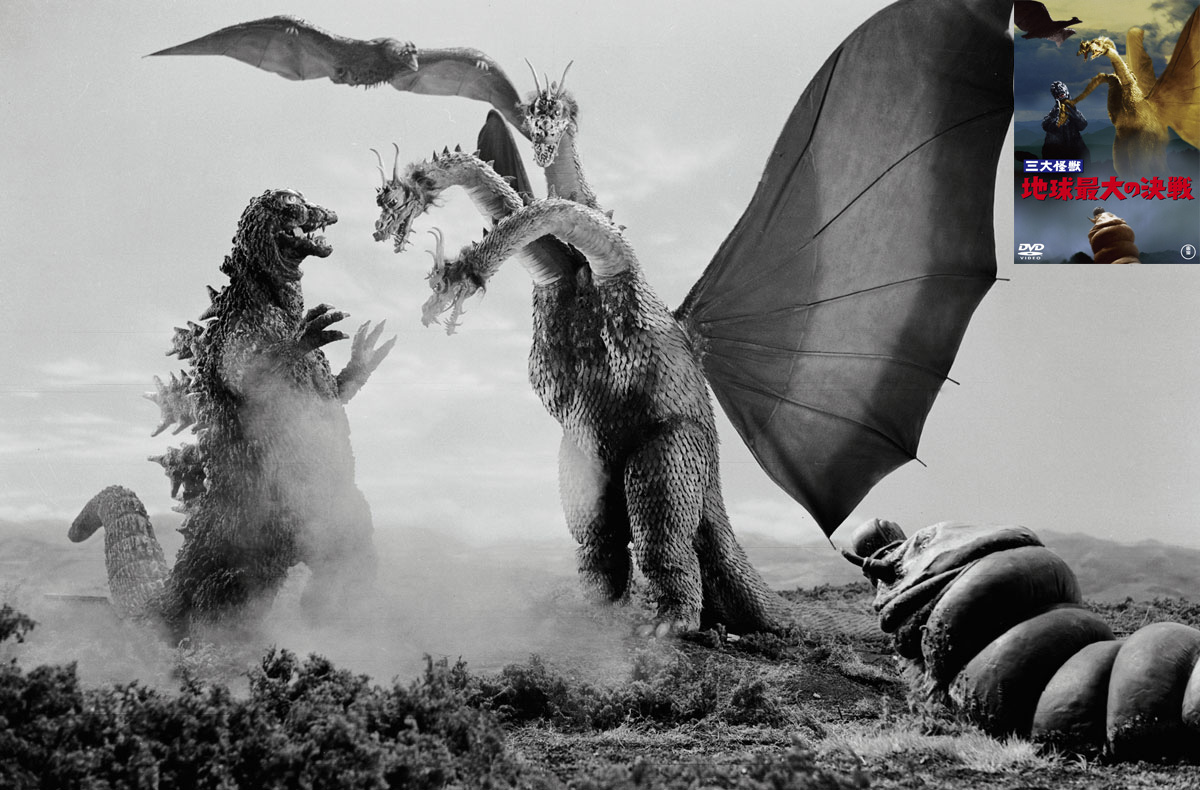
Battle Royale (Still from 三大怪獣 地球最大の決戦【60周年記念版】/ Three Giant Monsters: Earth’s Greatest Battle, 60th Ann. Ed./Copyright Notice: 1964 TOHO CO.,LTD. ALL RIGHTS RESERVED./Price of the DVD: 2,500 yen + tax/Manufactured & Distributed by TOHO. CO., LTD)
As time went on, the series moved away from its darker origins into more child-friendly territory. Godzilla gradually changed from a force of destruction to a benevolent protector, saving the earth from the menace of alien invaders and angry monsters. The transformation from city-crushing terror to comedic hero was completed by 1967 with Son of Godzilla, which saw the mighty lizard adopting a baby son and teaching it the skills a monster needed to survive in 60s Japan. This Showa Era of films had run their course by the mid 70s, and in 1984 a reboot was launched, one that took the monster back to his antagonistic city-leveling origins and kickstarting the Heisei era of films that would run until 1999 when the series would be given another jumpstart with Godzilla 2000. Hollywood even attempted its own full-blown treatment of the Japanese legend in 1998, a much maligned effort from writer-director Roland Emmerich that failed to capture the look or spirit of the original.
This summer, Japanese audiences will see the second American attempt at reimagining the great beast. Brit director Gareth Edwards, the man behind excellent low-key indie hit Monsters, has promised a film that brings back the dark, gritty aspects of the original and, crucially, is much more faithful to the original design of the monster. In light of the terrible recent events at the Fukushima nuclear power plants, worries about the effects of radiation and questions about man’s ability to harness and control the power of nuclear energy have once again been brought terrifyingly to the forefront of everyday life in Japan. In such a climate it almost seems fitting that once again, Godzilla rises to issue a stark warning that there are still elements of nature that remain beyond man’s control.
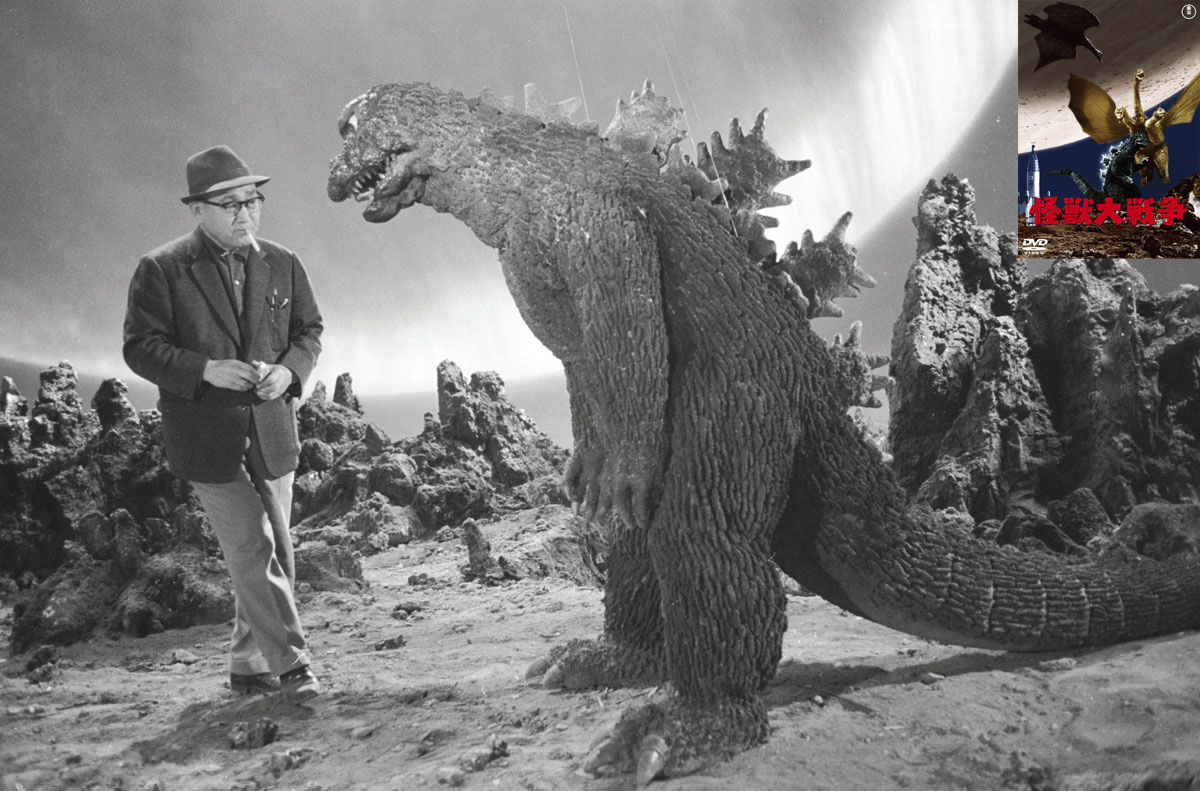
DVD title: 怪獣大戦争【60周年記念版】/ Invasion of Astro-Monster, 60th Ann. Ed. / Copyright Notice: 1965 TOHO CO.,LTD. ALL RIGHTS RESERVED. / Price of the DVD: 2,500 yen + tax / Manufactured & Distributed by TOHO. CO., LTD

